As keeper of the Saint Joseph Life-Saving Station, Michigan, Joseph A. Napier demonstrated his heroism during multiple rescues as a career lifesaver on the Great Lakes.
Joseph Napier was one of several children born in Ashtabula, Ohio, to Great Lakes captain, Benjamin Napier, and Erepta Landon Napier. He came from a seafaring family, whose mariner tradition was carried on by his father, two uncles, two brothers and a son. In 1849, Joseph married Anna Augusta Scoville with whom he had three children.
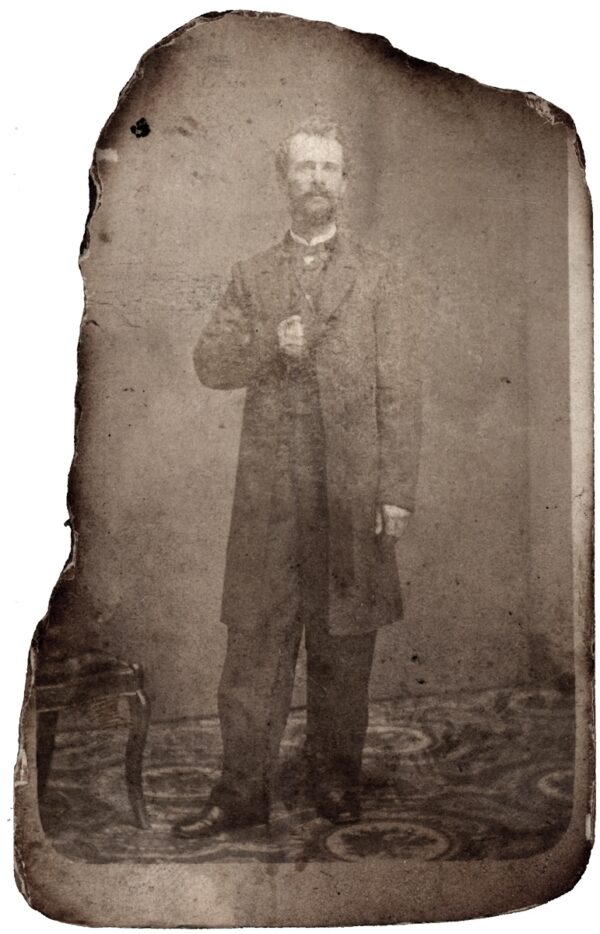
Captain Napier demonstrated great heroism in the worst conditions. In 1852, at the age of 26, he became the Harbor Master for Chicago, Illinois. Two years later, in 1854, he made his first notable rescue, saving the crew of the schooner Merchant off the Port of Chicago. For this feat, he was presented a gold watch inscribed by citizens of Chicago. The next year, Napier, and his crew of volunteers, including brother Andrew Napier, rescued the crew of the brig Tuscarora.
In 1855, the federal government began a program providing port cities equipment to use during maritime emergencies. St. Joseph was a busy port on the Great Lakes and among the first cities selected for a lifesaving station. The original boathouse was completed in 1874. During the early years, the St. Joseph Station was just a boathouse manned by local volunteers whenever they were needed. The station’s commander, or “keeper,” lived at the station.
Because there was a demand for skilled and committed rescuers, the surfmen were taken into the U.S. Life-Saving Service in 1877 as paid personnel.
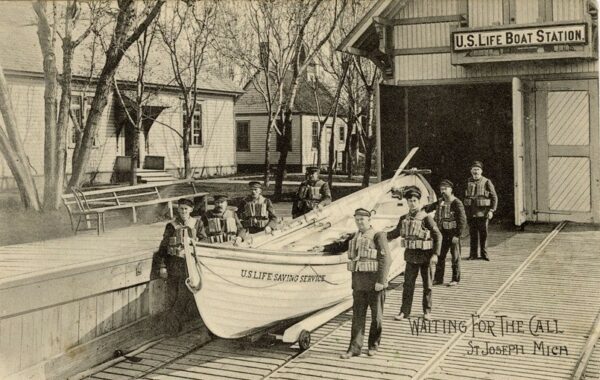
In 1857, Napier moved his young family to St. Joseph and bought a nearby farm. Two years later, Anna died leaving him to oversee the farm and his children. Fifteen years later, in 1874, Napier moved into town to serve as keeper at St. Joseph’s newly built lifesaving station. Today, the Coast Guard Station resides in the same place as the old lifesaving station.
Rescue operations began at St. Joseph’s after the 1874 opening of the station and appointment of Napier as keeper. As soon as he assumed his position, Napier began training his six volunteer surfmen. In 1877, the U.S. Life-Saving Service hired surfmen as official employees, making the station fully operational and fully staffed with paid personnel.
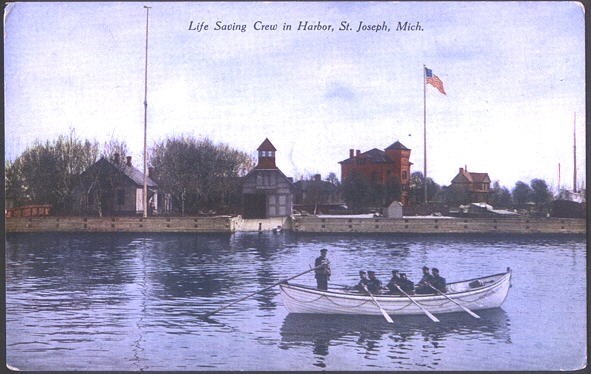
Napier’s gallantry was never more visible than on the day he risked his life and led his crew into gale-force winds to save six souls aboard a stranded vessel. On Oct. 10, 1877, the schooner D.G. Williams was on its way into St. Joseph’s when a heavy gale stranded the vessel on the harbor’s outer bar. The schooner’s crew of six clung to the rigging for safety as the waves broke over the side of the ship. Napier found three volunteers from his station crew to face the dangers of the storm and together they headed out to rescue the men on the wrecked schooner.
On the first rescue attempt, Napier’s boat capsized in the breakers and never made it to the vessel. Napier and the three other crewmen pulled themselves back onto the surfboat and readied themselves for a second attempt.
The second attempt proved more successful, and the lifesaving crew brought back two survivors. Napier and his crew went out for a third trip when their boat became completely swamped with water. The rescue of the remaining crew seemed impossible, but Napier and his crewmen bailed the boat while battling breaking seas. They reached the vessel and took off two more men from the D.G. Williams.
On the fourth attempt, a wave threw Napier and his crew out of the boat and one of his legs was seriously injured. While one of the men swam ashore, Napier pulled himself toward the rescue boat from a line thrown by a crewmember. Now battling his leg injury along with the harsh seas, Napier succeeded in righting his boat and bringing it alongside the schooner. The remaining two men were taken aboard, and the crew of the D.G. Williams was finally brought together ashore.
For his heroism, Napier received the first Gold Lifesaving Medal issued by the U.S. Life-Saving Service, forerunner of the modern Coast Guard. His medal citation reads:

A Gold Lifesaving Medal was awarded to Captain Joseph Napier, keeper of Life-Boat Station No. 6, District No. 10, for the daring gallantry he displayed in rescuing the crew of the schooner D. G. Williams, near the harbor of Saint Joseph, MI on the 10 October 1877. The schooner lay stranded during a heavy gale on the outer bar, with the sea breaking over her, and her unfortunate crew of six men up in the rigging for safety. Captain Napier got together three volunteers, commandeered a boat, and pushed out for the wreck. At the first attempt the boat was capsized in the breakers. On the second try he reached the wreck and returned with two of the sailors. The third trip the boat was completely filled with water, but was bailed and again reached the vessel, bearing off two men. At the fourth attempt Captain Napier and his three assistants were thrown out of the boat by a furious surge and one of his legs was badly hurt. One of the men swam ashore. Another got a line flung to him from the wreck and was taken aboard. Captain Napier and the other man, clinging to the boat, succeeded in righting and bringing it alongside the schooner. They then took off the two remaining men of her crew, together with the man taken on board, and regained the shore in safety. On other occasions Captain Napier was known to have shown equal heroism on desperate seas. Most notable instance was his rescue of the crew of the schooner Merchant during a tempest in 1854. For this feat he was presented with a gold watch suitably inscribed by citizens of Chicago.
During his career as a lifesaver, Napier was credited with saving 60 lives and received several medals for heroic rescues on the Great Lakes. He spent his final years living alone at his home on Napier Avenue and died in 1914 at the age of 88. In spite of his many honors and recognitions, his Gold Lifesaving Medal and inscribed gold watch were the only awards he possessed at the time of his death.
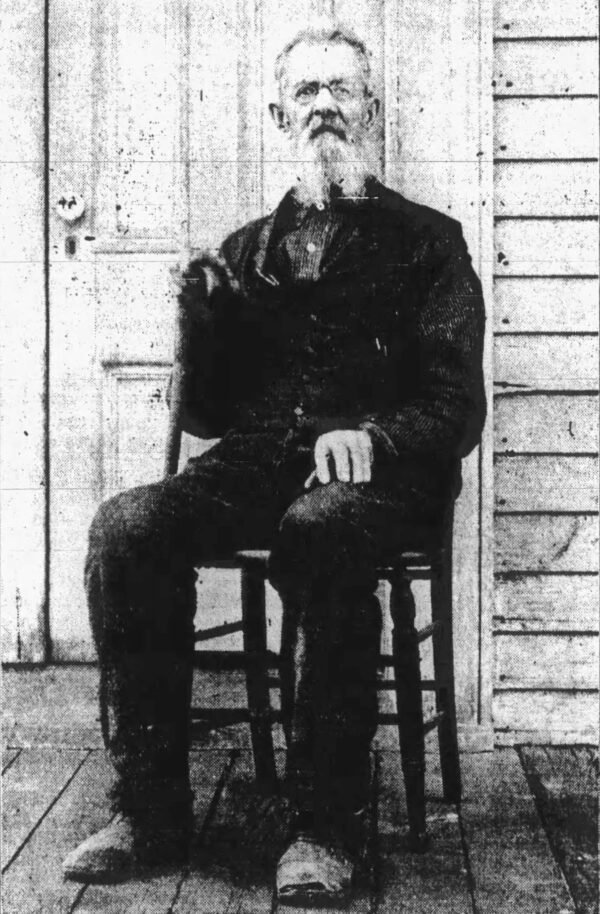
In 2016, the U.S. Coast Guard honored Napier once again as the namesake for the new Fast Response Cutter Joseph Napier.
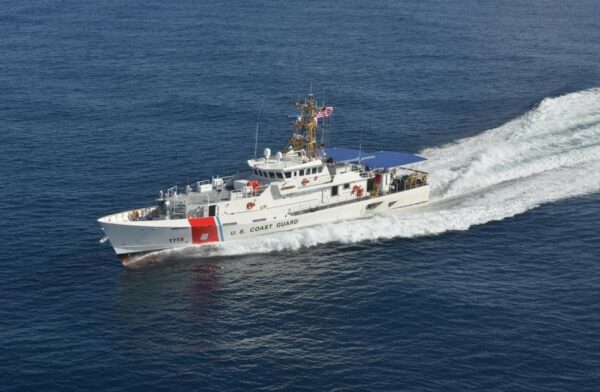
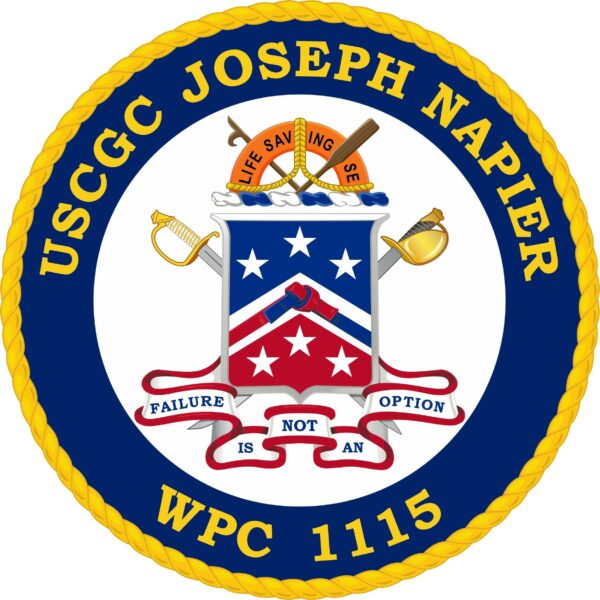
Nearly 150 years after the St. Joseph Life-Saving Service Station was established with Napier as keeper, the Coast Guard continues to operate along the shores of the Great Lakes. Today’s station response boats are more capable than their predecessors, and crews are no longer local volunteers but men and women from all over the United States whose dedication to the mission and the community remains steadfast.
National Coast Guard Museum insider tip:
National Coast Guard Museum visitors will have more opportunity to learn about the growth and development of the U.S. Life-Saving Service in a self-titled exhibit on Deck 2.
